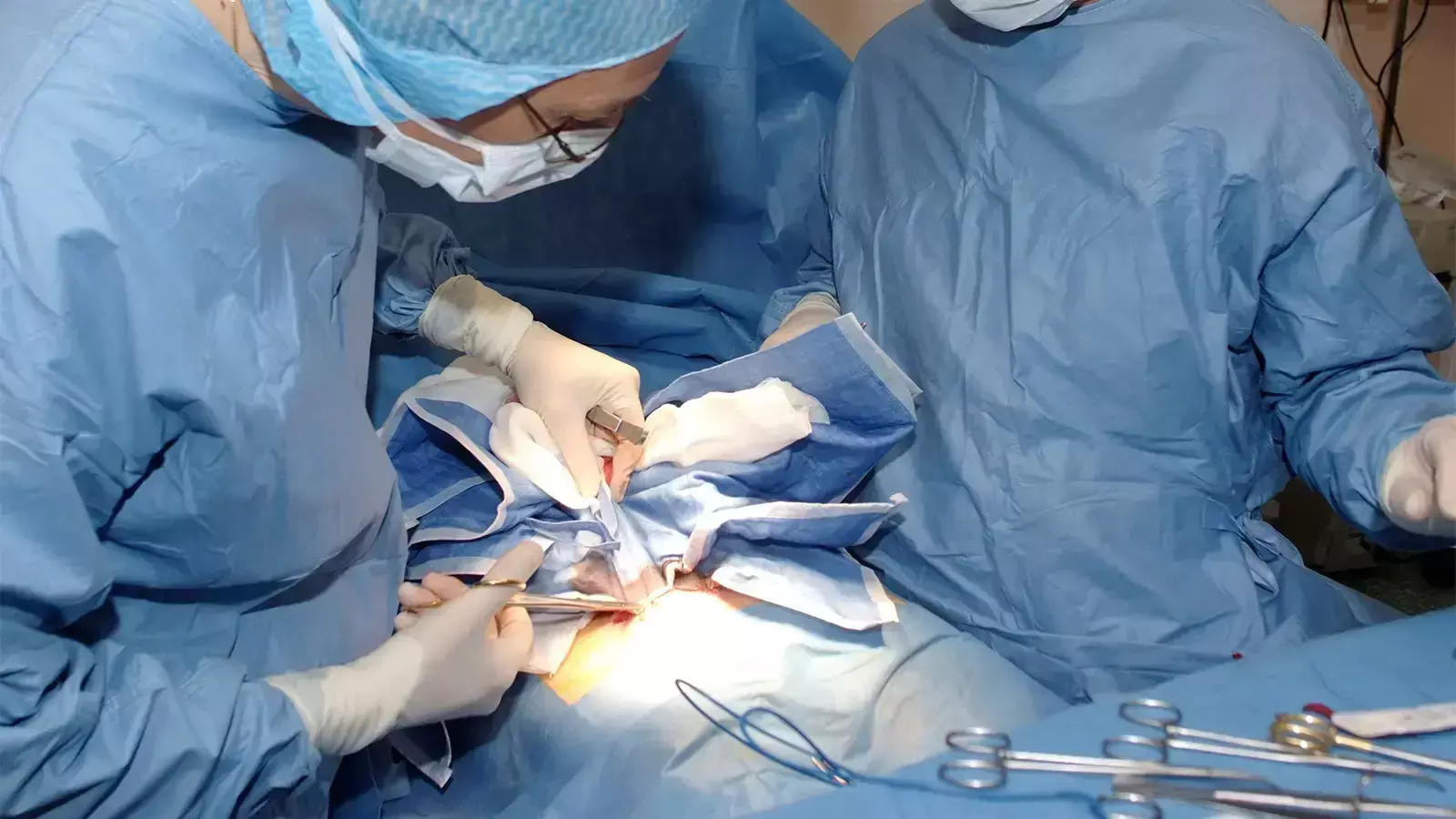- Home
- Medical news & Guidelines
- Anesthesiology
- Cardiology and CTVS
- Critical Care
- Dentistry
- Dermatology
- Diabetes and Endocrinology
- ENT
- Gastroenterology
- Medicine
- Nephrology
- Neurology
- Obstretics-Gynaecology
- Oncology
- Ophthalmology
- Orthopaedics
- Pediatrics-Neonatology
- Psychiatry
- Pulmonology
- Radiology
- Surgery
- Urology
- Laboratory Medicine
- Diet
- Nursing
- Paramedical
- Physiotherapy
- Health news
- Fact Check
- Bone Health Fact Check
- Brain Health Fact Check
- Cancer Related Fact Check
- Child Care Fact Check
- Dental and oral health fact check
- Diabetes and metabolic health fact check
- Diet and Nutrition Fact Check
- Eye and ENT Care Fact Check
- Fitness fact check
- Gut health fact check
- Heart health fact check
- Kidney health fact check
- Medical education fact check
- Men's health fact check
- Respiratory fact check
- Skin and hair care fact check
- Vaccine and Immunization fact check
- Women's health fact check
- AYUSH
- State News
- Andaman and Nicobar Islands
- Andhra Pradesh
- Arunachal Pradesh
- Assam
- Bihar
- Chandigarh
- Chattisgarh
- Dadra and Nagar Haveli
- Daman and Diu
- Delhi
- Goa
- Gujarat
- Haryana
- Himachal Pradesh
- Jammu & Kashmir
- Jharkhand
- Karnataka
- Kerala
- Ladakh
- Lakshadweep
- Madhya Pradesh
- Maharashtra
- Manipur
- Meghalaya
- Mizoram
- Nagaland
- Odisha
- Puducherry
- Punjab
- Rajasthan
- Sikkim
- Tamil Nadu
- Telangana
- Tripura
- Uttar Pradesh
- Uttrakhand
- West Bengal
- Medical Education
- Industry
Tamsulosin Fails to prevent urinary retention After Inguinal Hernioplasty under spinal anesthesia, suggests study

Researchers have found in a new study that Prophylactic use of tamsulosin did not significantly lower the incidence of postoperative urinary retention (POUR) in patients undergoing inguinal hernioplasty under spinal anesthesia.
Inguinal hernioplasty is a common surgical procedure, often associated with complications such as post-operative urinary retention (POUR). Post-operative urinary retention, characterized by an inability to urinate despite a full bladder following a surgery that may need foley catheterization that on its own can lead to urinary tract infection, stricture, prolonged hospitalization, and increases cost of hospital care. Tamsulosin is a selective alpha-1 adrenergic blocker that can increase urine flow by relaxing the smooth muscle of urethra and prostate, thereby as a less invasive method may be effective in prevention of post-operative urinary retention.
This randomized clinical trial involved 179 male participants over 50 undergoing unilateral hernioplasty under spinal anesthesia. Group A (87 subjects) received 0.4 mg Tamsulosin 8 hours before surgery, then 6 to 12 hours post-operatively. Group B (92 subjects) received a placebo on the same schedule. Both were monitored for post-operative urinary retention incidence within 24 hours post-surgery. Data were analyzed using SPSS software version 18 and the P < 0.05 was considered statistically significant.
Results: The mean age of participants was 63.37±10.62 years. Post-operative urinary retention requiring catheterization occurred in 10.3% of Group A and 16.3% of Group B. However, the difference was not statistically significant (p=0.242). Logistic regression showed no significant prophylactic effect of Tamsulosin (p=0.171), hypertension (p=0.166), diabetes mellitus (p=0.196), or benign prostatic hyperplasia (p=0.273) on post-operative urinary retention incidence. Prophylactic Tamsulosin did not significantly reduce the incidence of post-operative urinary retention following inguinal hernioplasty under spinal anesthesia.
Reference:
prophylactic effect of Tamsulosin on postoperative urinary retention in Inguinal hernia repair under spinal anesthesia. Seyedinnavadeh, Seyedehatefe et al. The American Journal of Surgery, Volume 0, Issue 0, 116455
Dr. Shravani Dali has completed her BDS from Pravara institute of medical sciences, loni. Following which she extensively worked in the healthcare sector for 2+ years. She has been actively involved in writing blogs in field of health and wellness. Currently she is pursuing her Masters of public health-health administration from Tata institute of social sciences. She can be contacted at editorial@medicaldialogues.in.
Dr Kamal Kant Kohli-MBBS, DTCD- a chest specialist with more than 30 years of practice and a flair for writing clinical articles, Dr Kamal Kant Kohli joined Medical Dialogues as a Chief Editor of Medical News. Besides writing articles, as an editor, he proofreads and verifies all the medical content published on Medical Dialogues including those coming from journals, studies,medical conferences,guidelines etc. Email: drkohli@medicaldialogues.in. Contact no. 011-43720751


